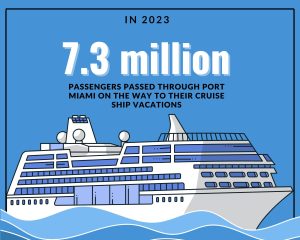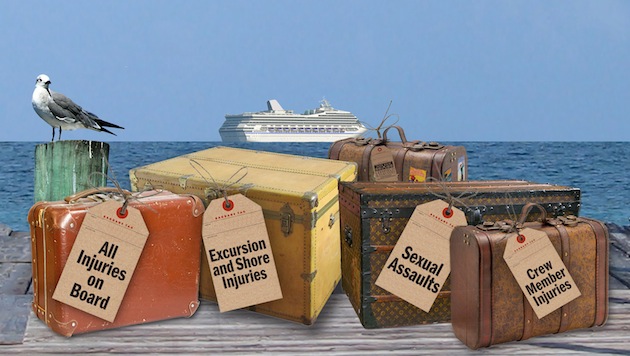A cruise ship worker who was accused of possessing child sex abuse material on his cellphone was found by police at Port Everglades, according to reporting from Channel 10 News.
Koen Leonard Eyck, 35, was charged with transportation and possession of child pornography. Eyck was working on Holland America Line’s Nieuw Statendam and has since been fired, according to reporting from Channel 10. There has been no official confirmation as to what role he fulfilled on board.
When the ship docked in Porty Everglades on Dec. 14, U.S. Customs and Border Protection agents searched Eyck’s electronic devices. On it, they found his participation in a WhatsApp group chat dedicated to sharing the child sex abuse material and a $35 electronic payment allegedly used to pay for additional illegal material. When questioned, Eyck admitted to receiving the links for anywhere between five to 10 years.
 Cruise Ship Lawyers Blog
Cruise Ship Lawyers Blog



 The cruising industry has more than doubled in the last two decades. In the last 15 years alone, the number of cruise passengers has increased from 15 million to 30+ million. To satisfy the demand, cruise lines have built increasingly large ships that can host over 5,500 passengers and over 2,300 crew-members. Consequently, the number of injuries sustained by passengers and crew-members has also increased. As a result,
The cruising industry has more than doubled in the last two decades. In the last 15 years alone, the number of cruise passengers has increased from 15 million to 30+ million. To satisfy the demand, cruise lines have built increasingly large ships that can host over 5,500 passengers and over 2,300 crew-members. Consequently, the number of injuries sustained by passengers and crew-members has also increased. As a result, 